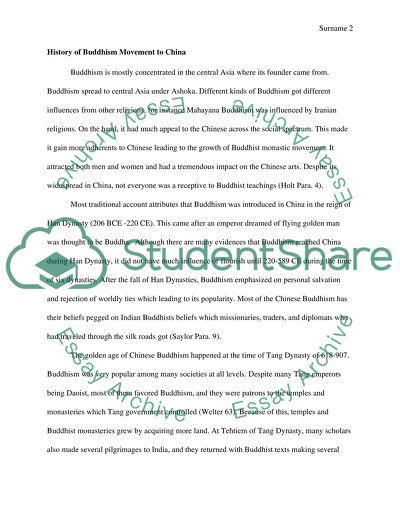Cite this document
(“The Introduction of Buddhism to Ancient China Research Paper”, n.d.)
The Introduction of Buddhism to Ancient China Research Paper. Retrieved from https://studentshare.org/religion-and-theology/1495860-the-introduction-of-buddhism-to-ancient-china
The Introduction of Buddhism to Ancient China Research Paper. Retrieved from https://studentshare.org/religion-and-theology/1495860-the-introduction-of-buddhism-to-ancient-china
(The Introduction of Buddhism to Ancient China Research Paper)
The Introduction of Buddhism to Ancient China Research Paper. https://studentshare.org/religion-and-theology/1495860-the-introduction-of-buddhism-to-ancient-china.
The Introduction of Buddhism to Ancient China Research Paper. https://studentshare.org/religion-and-theology/1495860-the-introduction-of-buddhism-to-ancient-china.
“The Introduction of Buddhism to Ancient China Research Paper”, n.d. https://studentshare.org/religion-and-theology/1495860-the-introduction-of-buddhism-to-ancient-china.


